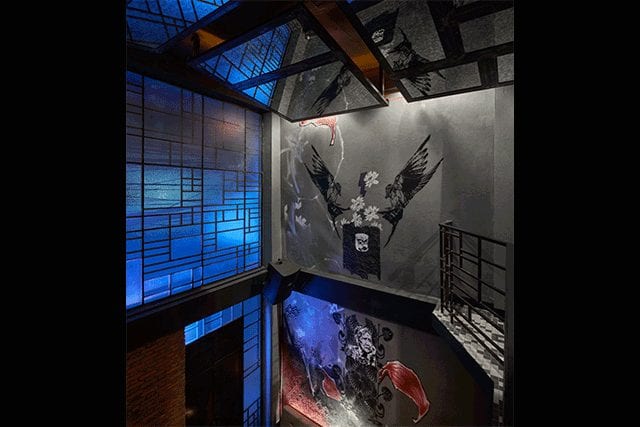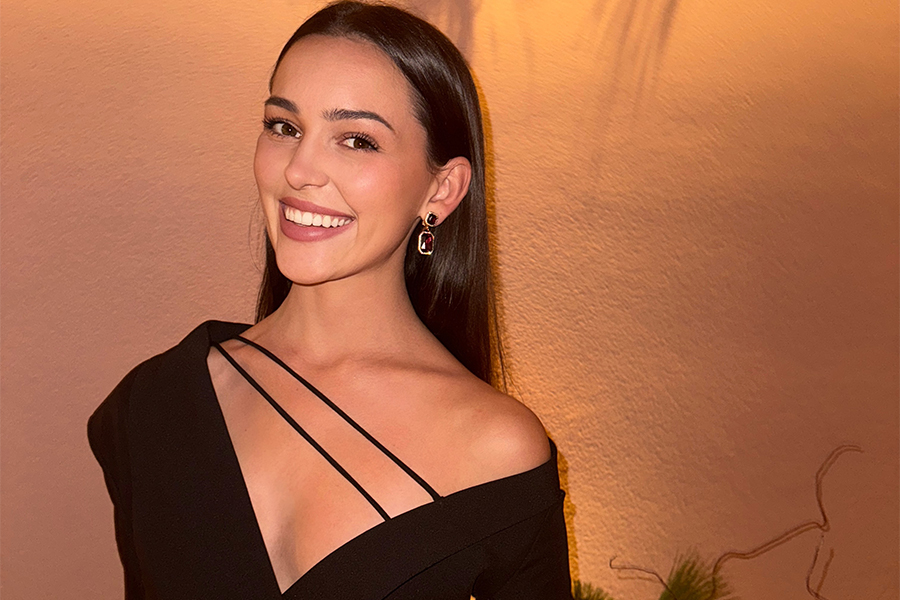Coolest recent project
We are on a real high about Freebird: It has made a big splash in the Bangkok F&B scene, it’s our first fine dining venue, and it is the first modern Australian concept in Thailand.
That was developed under skin+bones
Two years ago I started skin+bones with a client, Ben Lee, with a focus on F&B development and management. He had an existing coffee shop and coffee roasting business in Singapore that we folded into the skin+bones entity; we now have seven operational outlets, with four more that will come online before the end of the year [all across Asia]. I have always wanted to have my own restaurants, but I am wise enough to know that I can’t do it on my own. Setting up skin+bones has given me the vehicle to do it in a controlled manner. Freebird was a true design-build—we had the control and power to keep manipulating it as the project came to life. That’s a luxury risk that many clients aren’t willing to take when you just play designer.

Freebird, Bangkok
Most exciting chef today
We are fans of chef Ryan Clift [of Singapore’s Tippling Club]. He keeps reinventing himself and always has an irreverent sense of humor about his food and his restaurants.
Keys to a successful chef-designer collaboration
The truth is that F&B is an extremely emotional and volatile business. Make sure you know your collaborators and partners really well before getting married to them. It’s like having more members added to your family, so you want to make sure they meet muster before letting them on the ship.
Most important element in a restaurant besides design and food
Good lighting can make a mediocre design look fantastic; bad lighting can make a great design look terrible. This is often overlooked because F&B projects are on tight budgets, but it’s critical.
Restaurant pet peeve
Please design your restroom facilities to the same level of excellence that you put into the dining room.

Elbow Room, Phnom Penh, Cambodia
Latest budget-conscious design solution
For Elbow Room, in the emerging market of Phnom Penh, almost all of the original materials that we specified were not available in Cambodia, so we had to substitute a significant portion of the design. [For example,] the façade, originally a Mondrian-styled pattern of fluted and ribbed glass, was changed to a dimpled glass made locally.


